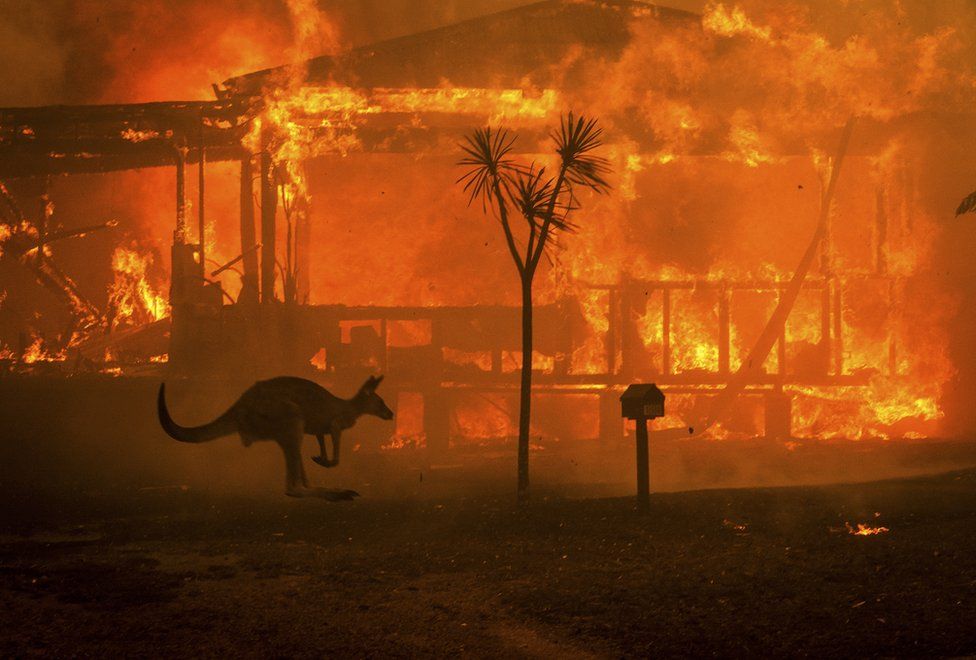



Farmers have been warned to be fire-ready due to widespread rain and hot weather in several parts of the country. Heavy fuel loads combined with high temperatures, according to National Farmers’ Federation President Tony Mahar, entail greater fire danger. Despite the extensive rain, a few hot, dry days can turn paddocks, containing yet-to-be-harvested winter crops, into a fire waiting to happen. Farmers are also participants of bush fire brigades, and they play an important role in holding brigades together and managing firefighting equipment.
However, there are concerns that a reduction in their numbers will have an adverse impact on regional firefighting capacity at the most inopportune time. One of the wettest winters in the state in 50 years, according to WA Farmers chairman Trevor Whittington, has drastically increased the fuel burden. “From one end of the state to the other we’ve never seen anything like it, there’s just grass everywhere and that’s just heightened the risks,” Mr Whittington says. There are fewer and fewer farmers, which is always a challenge. In fact, fewer people with their utes and their firefighting trucks to go out and fight fires, and fewer people on the ground over those really dangerous months of January, February and March.
The WA Farmers boss says the “perfect storm” could be about to hit, because of the need for RFS fire crew to be vaccinated against COVID-19 combined with already declining numbers of volunteers. The pressure is on the volunteers because of mandatory vaccinations and mandatory training, and the nation is losing volunteers, from 31,000 bushfire volunteers ten years ago, and thus the numbers have come down to 27,000. A series of fires in Western Australia in December prompted a warning from the Department of Primary Industries and Regional Development for agricultural businesses to prepare their properties for elevated bushfire risk.
The warning came after the WA Department of Fire and Emergency Services released its seasonal forecast, with an above-average risk for Perth and large parts of the Midwest, Gascoyne, Pilbara, South West and Great Southern regions.
Article by: Hari Yellina (Orchard Tech)